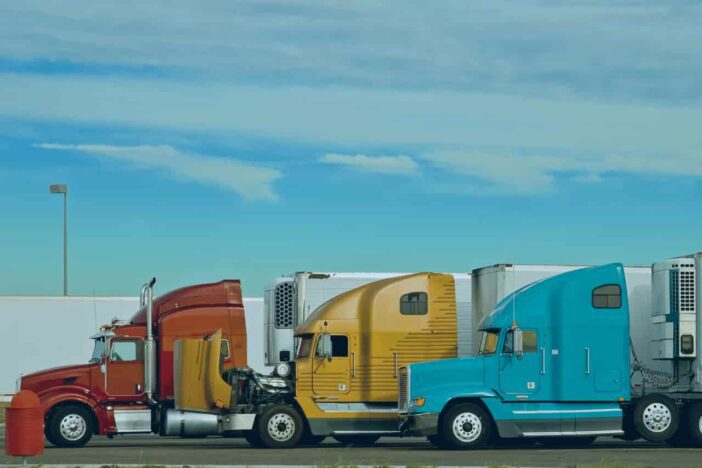The Department of Transportation (DOT) has standards that commercial vehicles have to comply with to ensure a certain measure of safety on the road. If truck drivers do not follow DOT safety compliance standards, there can be serious fees and consequences, such as jail time.
The commercial vehicles that have to comply with DOT standards are registered with the Department of Transportation and have a USDOT number. Vehicles with a USDOT number are tracked for safety measures on the road since most of the trucks traveling on the road carry large quantities of cargo that can be dangerous.
An example of vehicles that may require a USDOT number and registration with the Department of Transportation are:
- Vehicles that are transporting hazardous waste or materials.
- Vehicles that carry eight or more passengers for compensation.
- Vehicles that carry more than fifteen passengers, whether for compensation or not.
- Vehicles whose weight exceeds more than 10,001 pounds.
This is a general list of vehicles requiring a USDOT number and registration, but certain states may have additional requirements. It is highly advisable that you check the state laws for commercial vehicles if you are traveling outside the state your vehicle is registered.
But, what do you have to do to be DOT compliant to avoid fees or other repercussions while transporting cargo?
Keep reading to find out the answers.
DOT Compliance Standards
If you have a trucking business, you want to ensure that you follow all the laws and regulations. After all, your business relies on the products you are hauling. DOT compliance standards are divided into two categories with different sets of rules to be followed.
Fleet Compliance
Fleet compliance is when every truck in your fleet is registered with the DOT and must follow specific criteria. It is recommended that you keep a complete list of what you need to comply with, especially if you are traveling through different states. Still, we can give a general overview of guidelines you can follow to be compliant.
First, keep a copy of the Federal Motor Carrier Safety Administration (FMCSA) rules with the driver at all times. Second, you must inspect the truck before and after the trip to ensure that it is safe to drive and document any problems with the vehicle. Next, create a vehicle maintenance program and make sure to follow it; this way, the DOT knows you are doing your best to keep your vehicle safe on the road. Make sure that each vehicle is marked with its official DOT number and is easily visible for others to see on the road, like police officers and employees at weigh stations. Lastly, if any accidents occur, be sure to take the proper precautions and have the driver document everything that happened.
✋ Warning
Keep your fleet secure with truck camera systems! 🚚 🎥 Learn the benefits of this must-have tech.
Driver Compliance
As much as the actual vehicle needs to be DOT compliant, each driver needs to make sure that they are following the standards set by the Department of Transportation. There are a few guidelines the drivers can follow to ensure they are following DOT standards.
First, ensure that each driver has a copy of the FMCSA rules. Second, be sure that every driver has read and understood their responsibilities about these rules. The business owner should keep a record of driver history and qualifications and record all hours of service for each driver. DOT audits are random, so your company can be audited at any time. If you are chosen to be audited, you must do your best to prepare as far in advance as possible to ensure the process goes smoothly. Of course, you have the right to ask why you are being audited.



